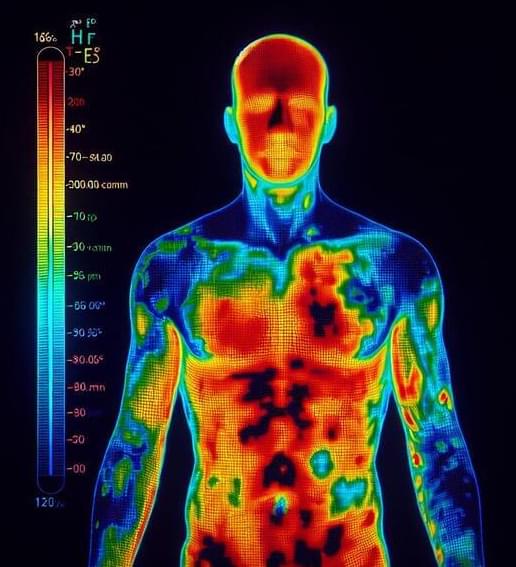Dec 13, 2024
Violent superflares explode from sun-like stars every 100 years
Posted by Shubham Ghosh Roy in category: futurism
“Everything about this discovery was surprising.”
The team’s research was published on Thursday (Dec. 12) in the journal Science.
This year, the sun has been particularly turbulent, blasting Earth with usually strong solar storms and ramping up auroral displays as a reminder of how violent our star can be. While scientists have been able to study this behavior and collect invaluable data, this represents the sun’s behavior over a tiny fraction of its 4.6 billion-year life so far.
















